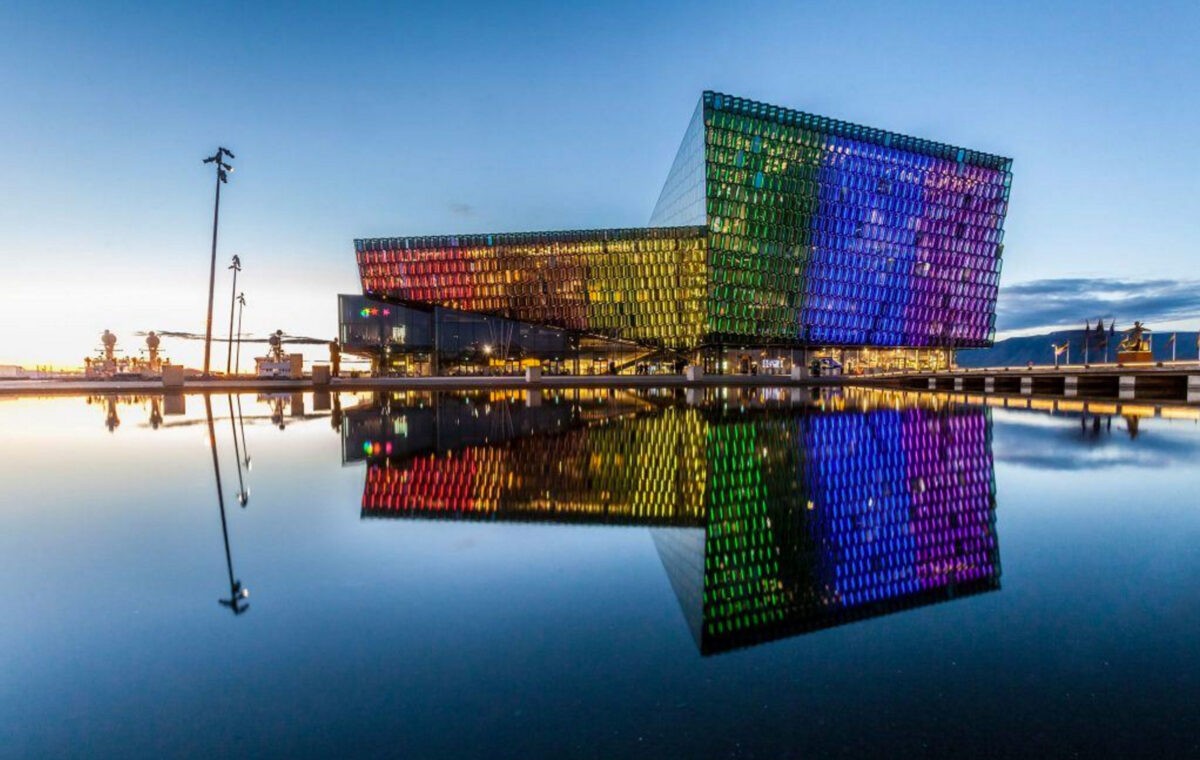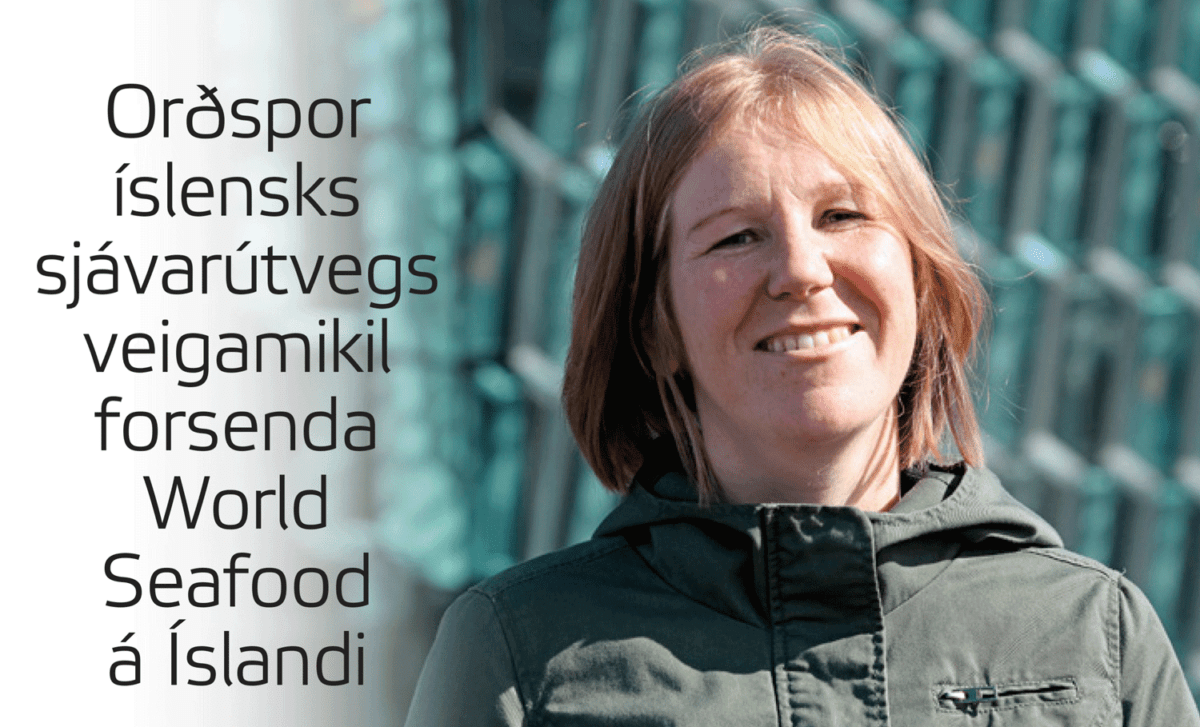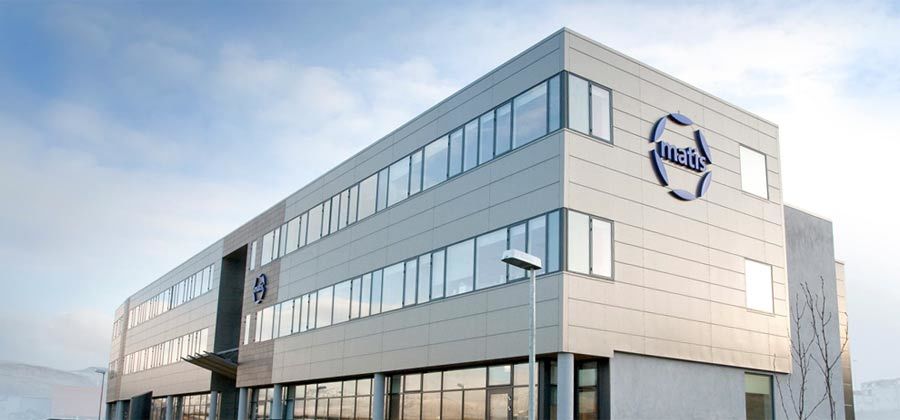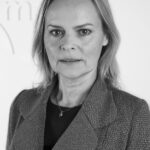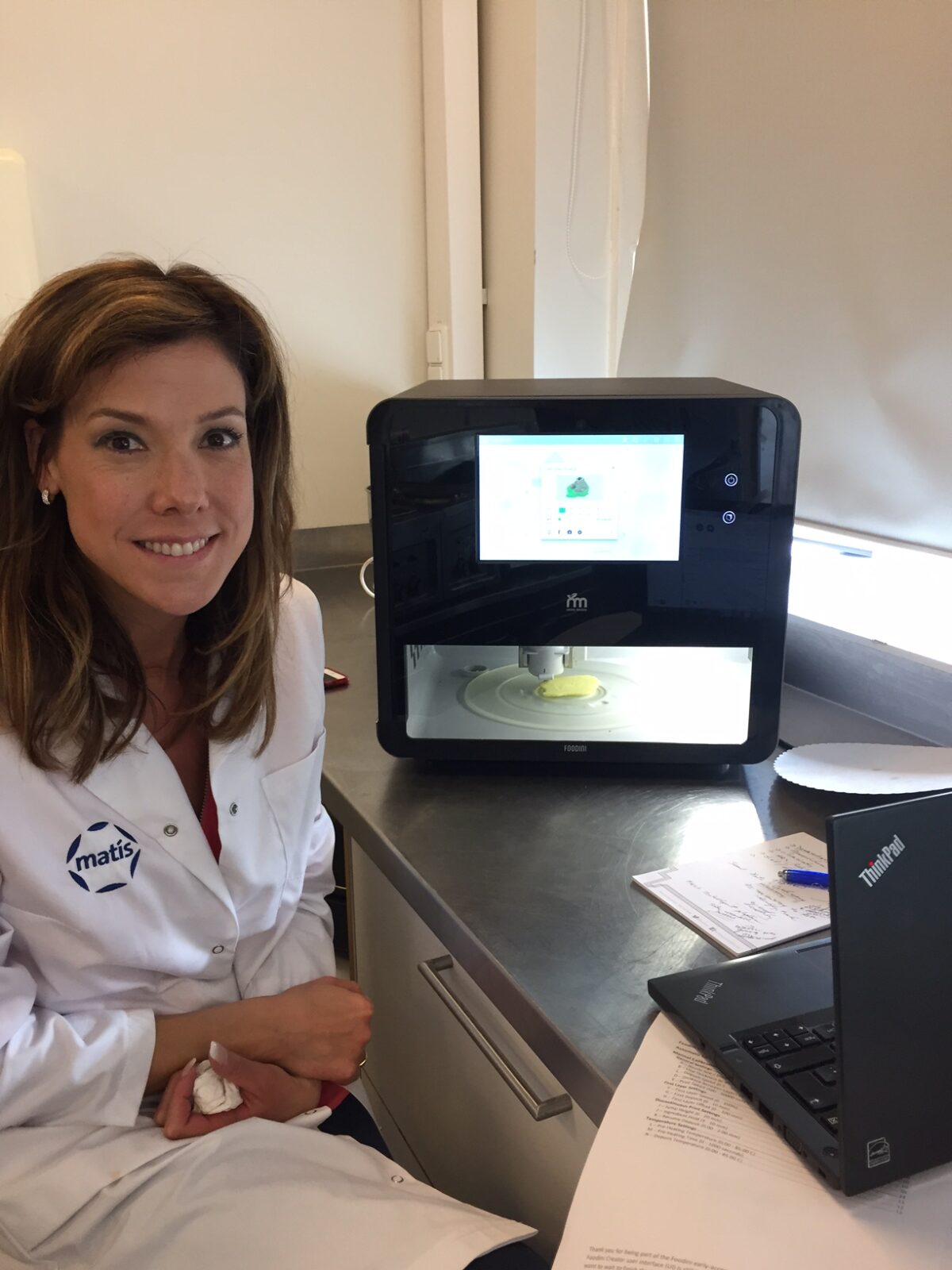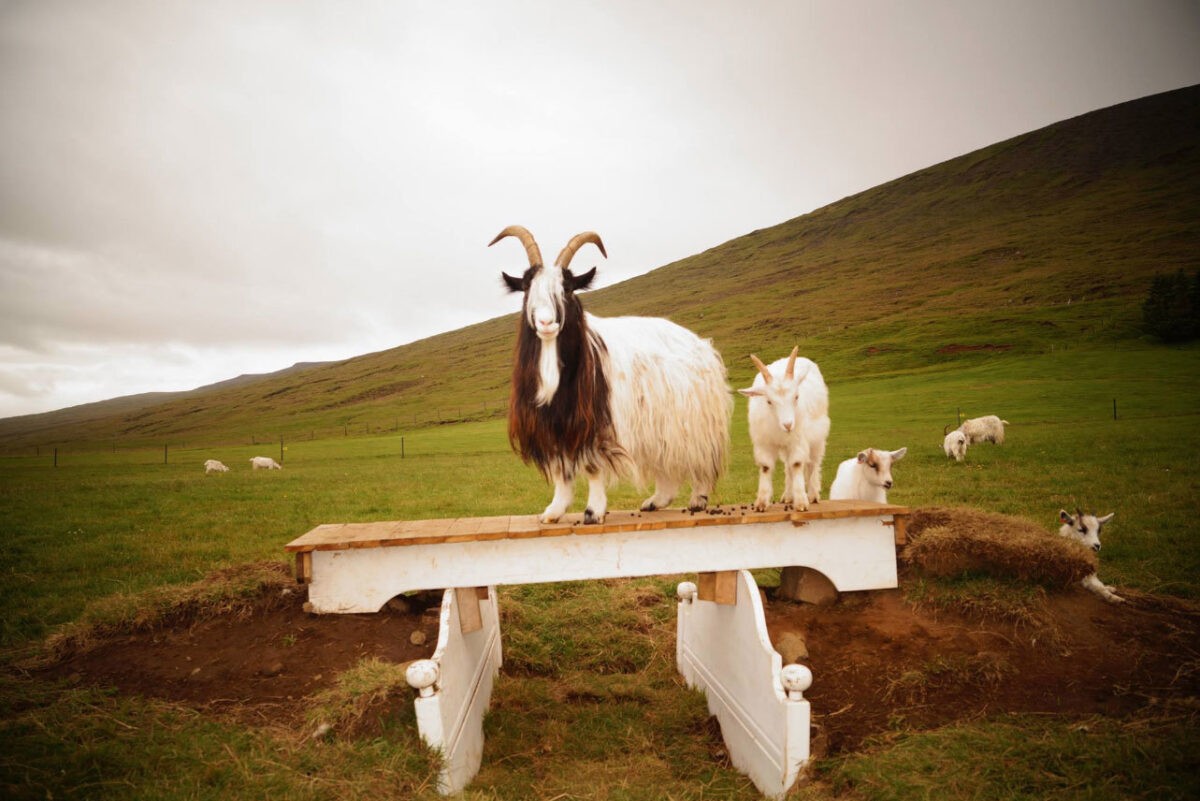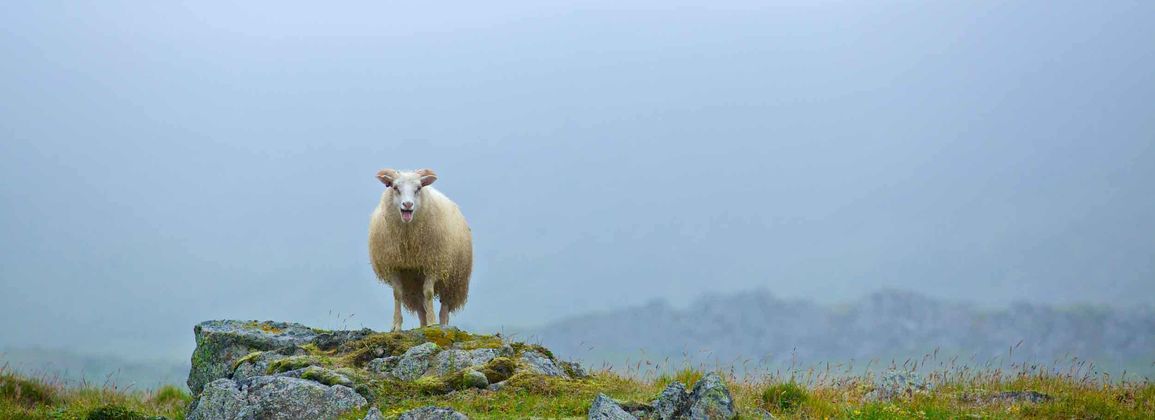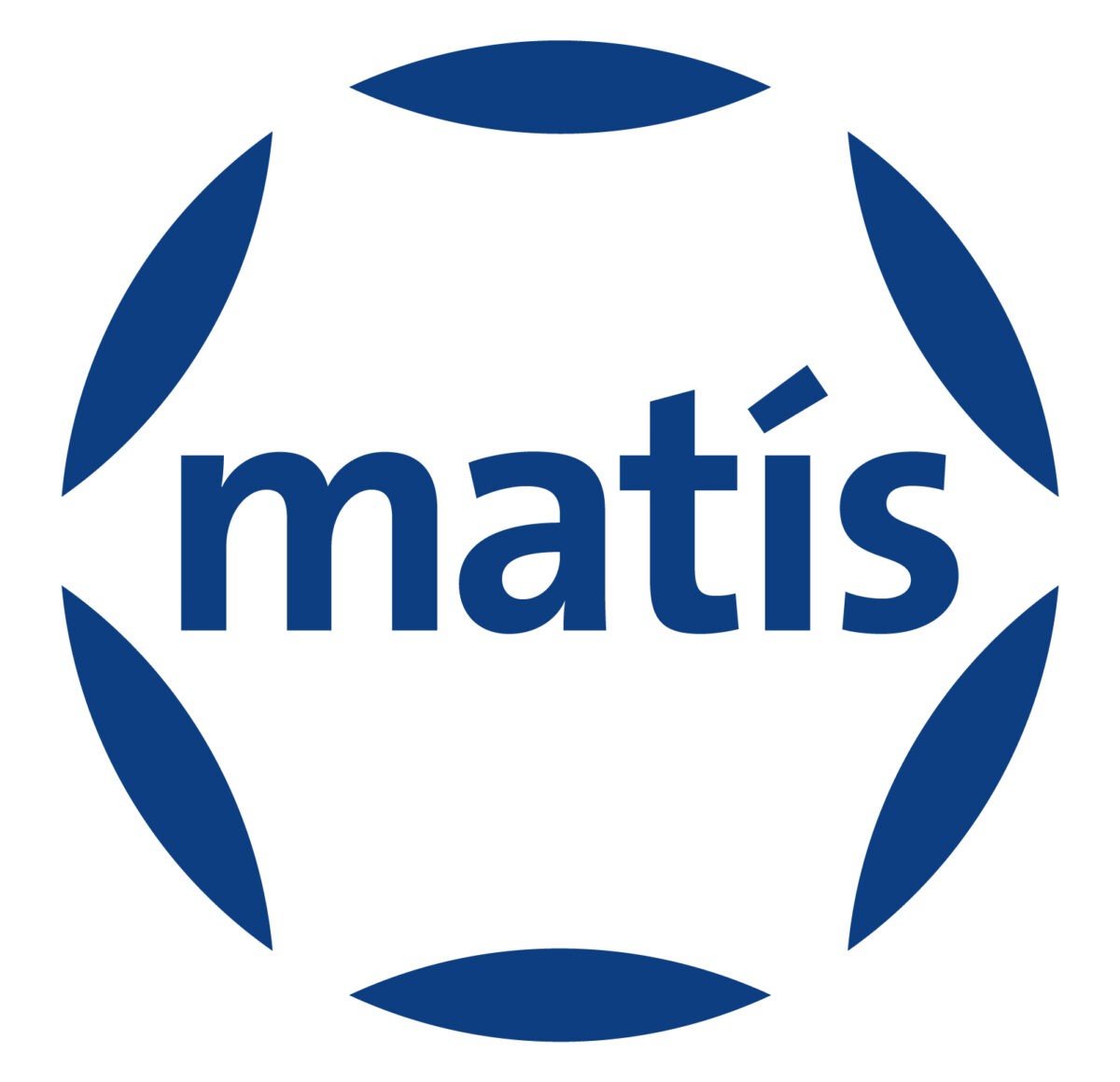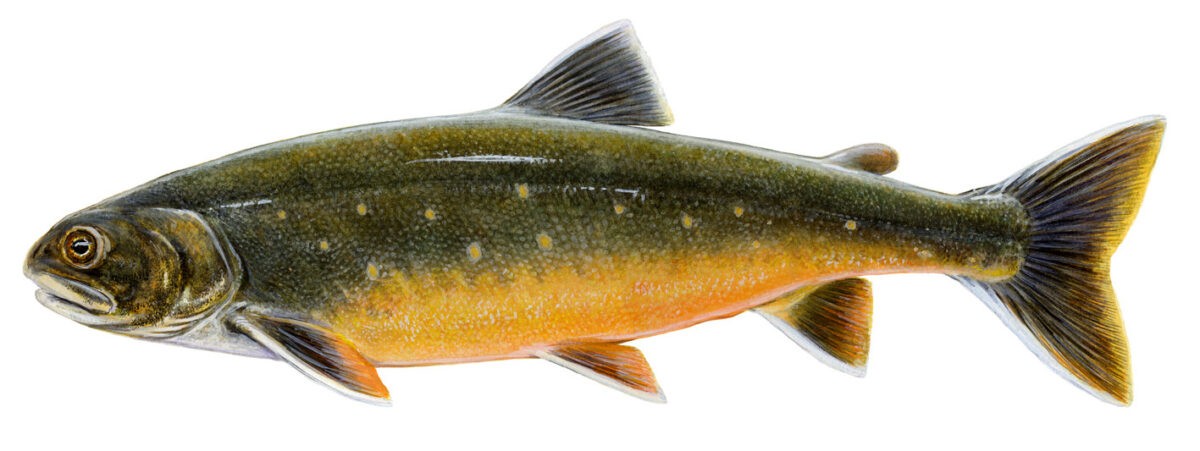The keeping quality of chilled sea urchin roe and whole urchins
Sea urchins (Strongylocentrotus droebachiensis) are common off the coast of Iceland and are caught in small quantities and exported mainly as whole pots. Landings in 2015 were 280 tonnes. There are markets in Europe and Asia for sea urchin roe fresh, frozen or otherwise processed. In this study, the shelf life of fresh and pasteurized eggs stored at 0-2 ° C was assessed. The effects of freezing, both slow freezing (blow freezing at -24 ° C) and rapid freezing (nitrogen freezing) were studied as well as dextrin and alum treatment. It was also estimated how long the pots kept alive at 3-4 ° C were kept alive. The sea urchins were caught in Breiðafjörður with a plow and landed at Þórishólmur in Stykkishólmur where they were processed. Some of the sea urchins were opened, the eggs removed, cleaned and used in the experiments. Whole sea urchins were packed in plastic boxes in a similar way as when exported. The freshness characteristics of fresh sea urchin roe are the smell and taste of the sea, the smell of egg yolk and the taste and sweetness of the sea. The taste of pasteurized eggs was similar to that of fresh eggs but milder. In general, over time, the sweet, sea and egg yolk taste faded, but the metallic, kelp and chemical characteristics increased. The shelf life of fresh sea urchin eggs is limited by changes in texture - eggs dissolve and become unpalatable - and a shelf life of 0-2 ° C can be expected for one to four days. Sterilized eggs kept their freshness characteristics for at least 14 days and had a shelf life of 22 days or more at 0-2 ° C without any changes in texture. The freezing of fresh sea urchin eggs resulted in them becoming mushy during translation and there did not appear to be a difference between slow-freezing or rapid-freezing. After three months of storage at -24 ° C, thawed eggs developed a strong odor which rendered them unfit for consumption. Freezing pasteurized eggs had little or no effect on their texture or taste; however, after six months of cold storage, evidence of maladaptation was found. Aluminum treatment resulted in a strong odor that rendered the eggs unfit for consumption. The preservatives sorbate and benzoate resulted in a strong taste in the eggs and a metallic aftertaste, but treatment with dextrin did not appear to have much effect on sensory properties. All whole sea urchins were alive after 5 days from fishing but on day 9 one of the 18 vessels was dead but no damage was found. It can be assumed that a whole sea urchin stays alive at 3-4 ° C between five and nine days after fishing.
The green sea urchin (Strongylocentrotus droebachiensis) is commonly found in Iceland and is currently fished and exported mainly as whole urchins. The catch in 2015 was 280 tons. There are markets both in Europe and Asia for urchin roe, fresh, frozen or processed. In this study the shelf-life of fresh and pasteurized sea urchin roe, stored at 0-2 ° C was evaluated. The effect of freezing (blast freezing and freezing in liquid nitrogen), treatment with dextrin and alum was evaluated on both fresh and pasteurized roe. Further, the keeping quality of whole (live) sea urchins at 3-4 ° C was evaluated. The sea urchins were caught in the Breidafjordur area using a modified dredge, landed at Thorisholmi in Stykkishólmur, cleaned and the whole live sea urchin were packed in the same manner as that for export. Part of the sea urchins was opened up and the roe removed, cleaned and used for the experimental trial. The freshness characteristics of fresh sea urchin roe were found to be sea odor & flavor, egg yolk odor & flavor and sweet flavor. The flavor was similar but milder in pasteurized beet. In general, with time the sweet, egg yolk and sea flavors seemed to decrease but metallic, seaweed and chemical flavors increased. The shelf-life of fresh roe is limited by changes in texture - the roe liquefies - as indicated by sensory evaluation and can be expected to be between one and four days at 0-2 ° C. Pasteurised roe had a freshness period of at least 14 days and a shelf life of 22 days or more at 0-2 ° C, with no detectable changes in appearance or texture during that time. Freezing of fresh roe resulted in a porridge like texture at thawing and no difference was seen between freezing methods, blast freezing and liquid nitrogen freezing. After three months storage at -24 ° C frozen roe had developed a strong off-flavor and were considered unfit for consumption by the panelists. Freezing of pasteurized roe did not change the texture or flavor of the roe; however, after 6 months of freezer storage, the roe had a trace of an off-flavor. Treatment with alum gave all samples a strong off-flavor which made them unfit for consumption. Preservatives (a mix of sorbate and benzoate) gave a strong flavor and a metallic aftertaste but treatments with dextrin did not have a considerable effect on sensory characteristics. All whole sea urchins were alive after 5 days from catch, but on day 9 from catch, one urchin out of 18 had an open mouth but no spoilage odor was detected. It is estimated that the shelf life of live sea urchins is between five and nine days from catch at 3-4 ° C.


